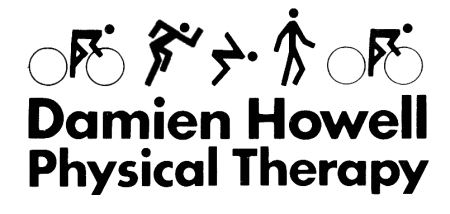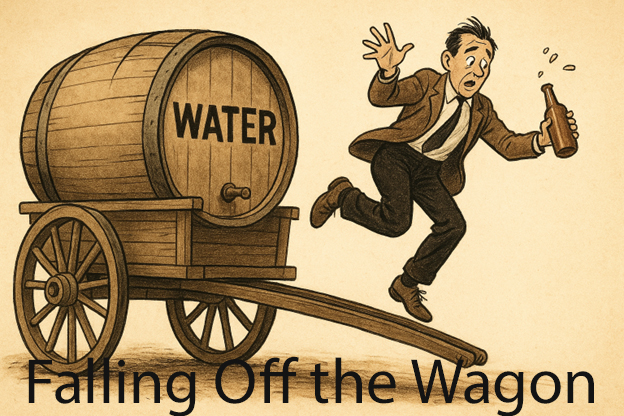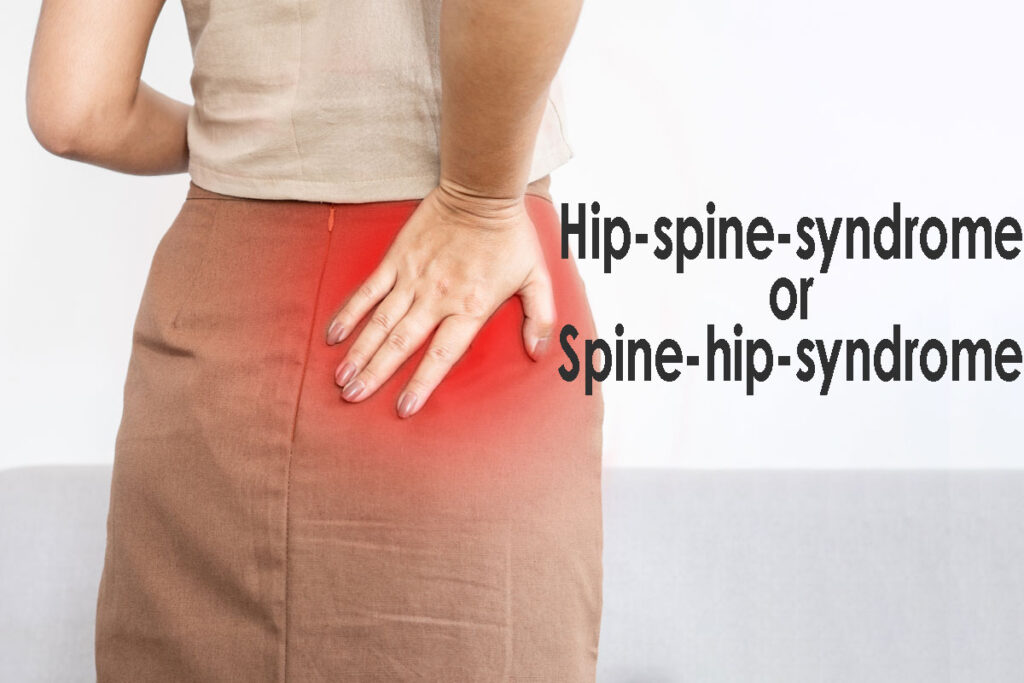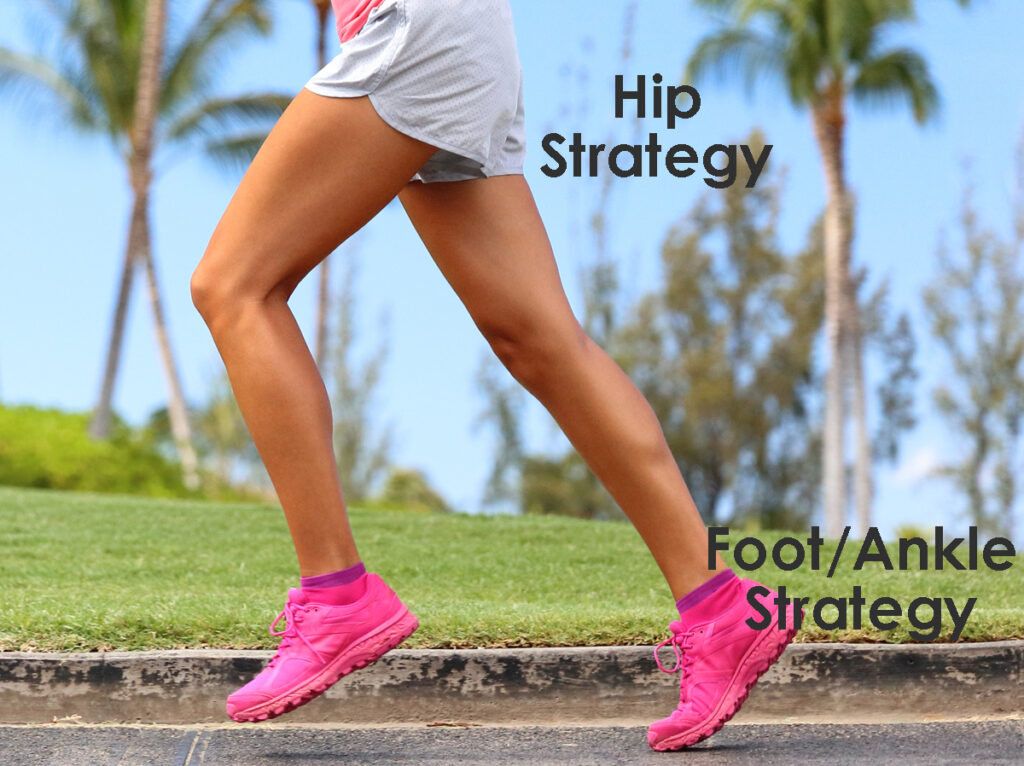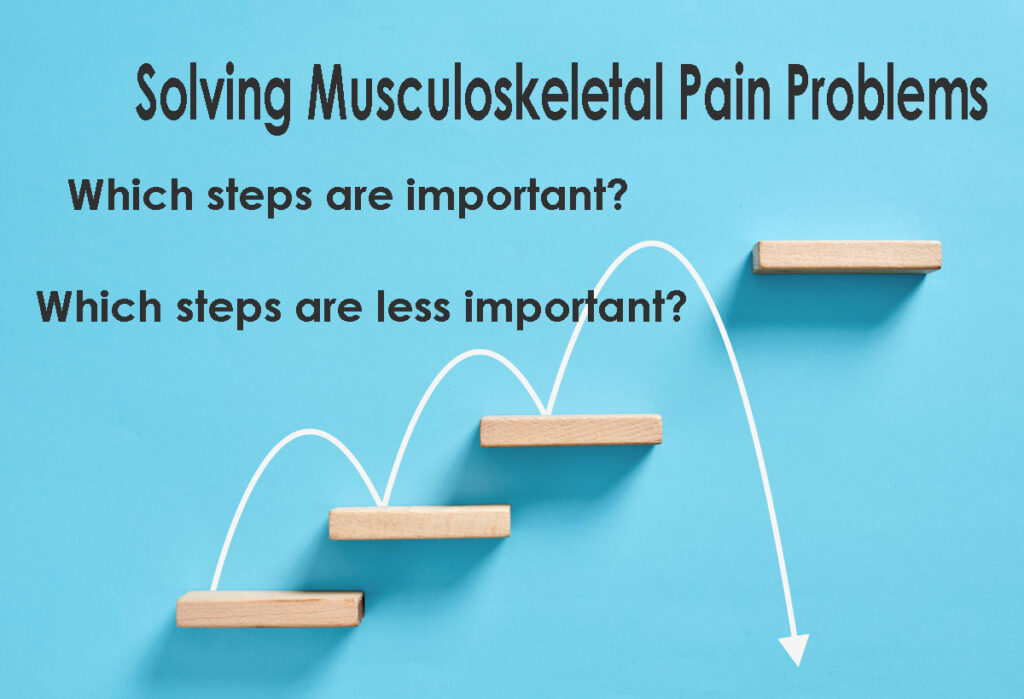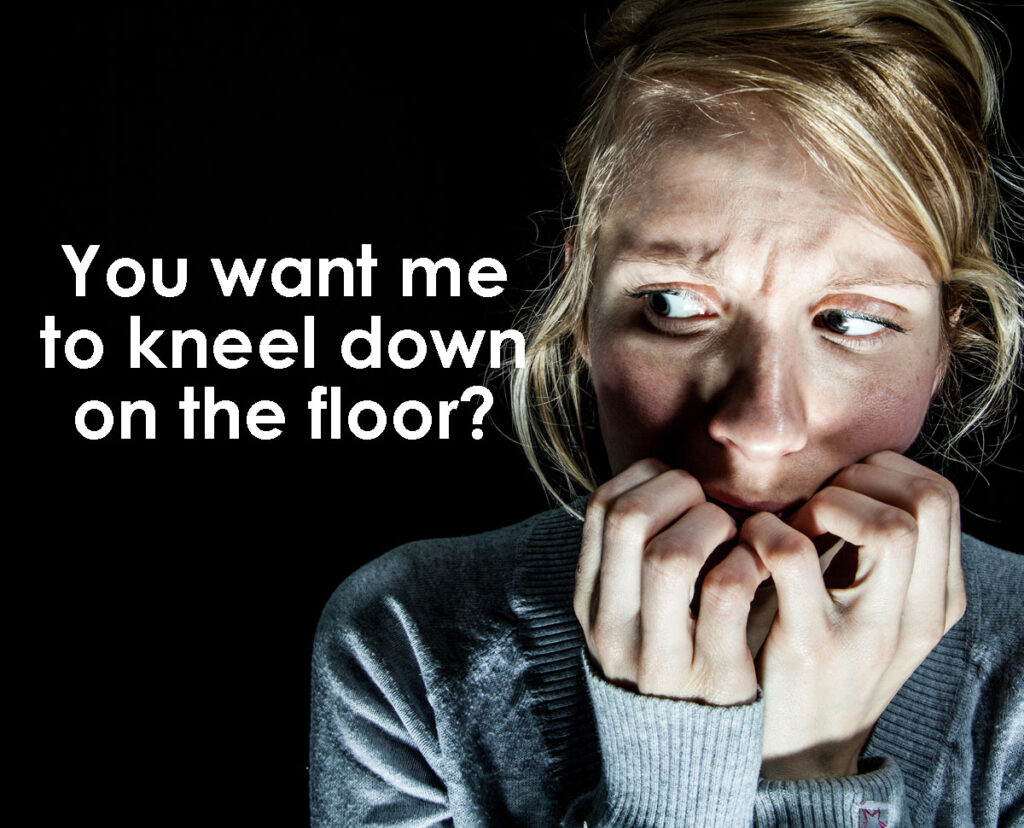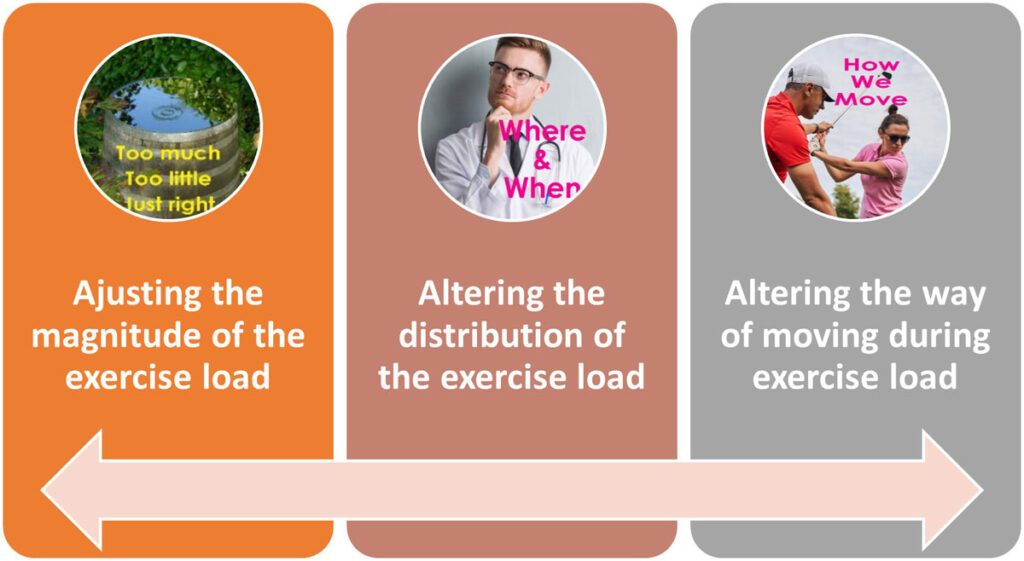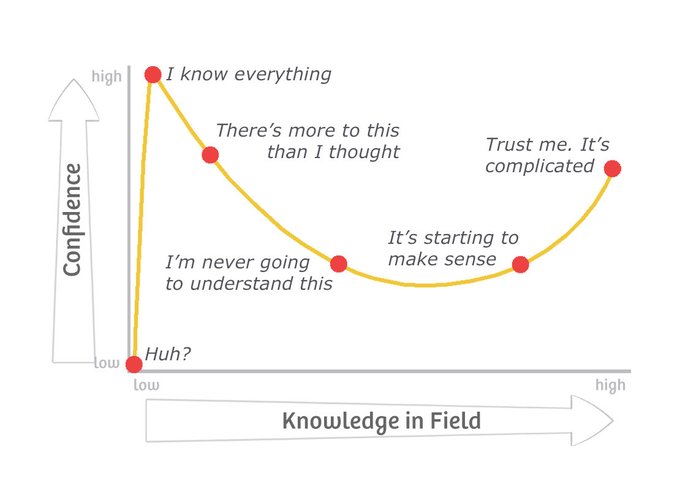Injury Prevention
Falling Off the Wagon Isn’t the End: Learning from Lapses in Exercise & Recovery
During a routine follow-up, my patient “Larry Lapes,” who has chronic ankle and back pain, asked me a question that stopped me in my tracks: “Do you have any strategies that help your patients stick to their exercise routines?” His question prompted me to reflect more deeply on lapses and relapses in behavior change. Behavioral…
Read MoreHip-Spine vs Spine-Hip vs Both – 3 Case Examples Lessons Learned
An 80-year-young woman visited her primary care physician with “pain going down my leg”. She had difficulty grocery shopping, picking up her small dog. X-rays showed osteoarthritis in her lumbar spine, and she was diagnosed with “sciatica.” The doctor referred her to a spine surgeon, who ordered an MRI and gave her an x-ray-guided spinal…
Read MoreBalancing joint capacity and exercise load using synergistic muscle action
A key concept in managing and preventing hip pain is understanding the balance between the capacity of the joint to handle load and using exercise training load to increase the capacity of the joint. To modify movement, one can “load” it by adding external resistance. Or “unload” it by decreasing or eliminating external resistance. Or…
Read MorePhysical Therapy telehealth lessons learned mistakes made
My perception of my abilities in providing telehealth video conferencing Physical Therapy or Physical Therapy service online follows the Dunning-Kruger effect. The Dunning-Krueger effect is a process of overestimating and underestimating our abilities and competence. When I began offering telehealth Physical Therapy in 2017, I initially overestimated my abilities. Over the past seven years, I…
Read MoreMusculoskeletal pain which are important steps which are less important?
Thesis: Choosing a diagnosis is an early step in solving non-traumatic muscle and bone pain problems. A diagnosis helps guide treatment, predict how problems will progress, and improve communication. A diagnosis has many functions, including direction for intervention to solve problems, predicting how problems will progress, and assisting in communication. Antithesis: Medical terminology is notoriously…
Read MoreWhat is the alternative to I have fallen, & I can’t get up? – improve strengthen flexibility “just do it”
A patient with Parkinson’s syndrome, living alone expressed to me his frustration. He had fallen and was unable to get back up. He pissed on himself. He used his fall alert system via the internet to notify the rescue squad. In addition to the embarrassment, he felt about not being able to get back up…
Read MoreAdjusting the exercise load to manage musculoskeletal pain syndrome
Adjusting the amount of exercise load involves seeking a balance between increasing or decreasing the load. Athletes and healthy individuals the bias is towards increasing the load to improve capacity and performance. For musculoskeletal injuries, post-orthopedic surgery, or musculoskeletal pain syndromes, the bias is towards decreasing the load to facilitate healing and recovery. Tactics to…
Read MoreAdjusting exercise load to optimize capacity performance
When it comes to adjusting exercise loads to optimize performance capacity it necessitates both art and science. “Load management” in athletics and sports is a popular strategy to control the training volume, intensity, and rest to optimize performance while minimizing the risk of injury. To improve performance or capacity, the exercise/load must exceed the individual’s…
Read MoreHormone replacement therapy tendon repair post-menopause
The Dunning-Kruger effect is a cognitive bias in which individuals with limited competence in a particular domain overestimate their abilities. It is when we lack competence that we are most likely to be brimming with overconfidence. The following is a description of how it applies to me. I know everything Early in my career as…
Read MoreMom’s words of wisdom make sense
Mother’s Day is a fun time to review some old wives’ tales that abound in the health and wellness arena. My mom used to say, “the difference between a man and a boy is that a man walks around a puddle and a boy plods right through them.” At the beginning of a walk or…
Read More